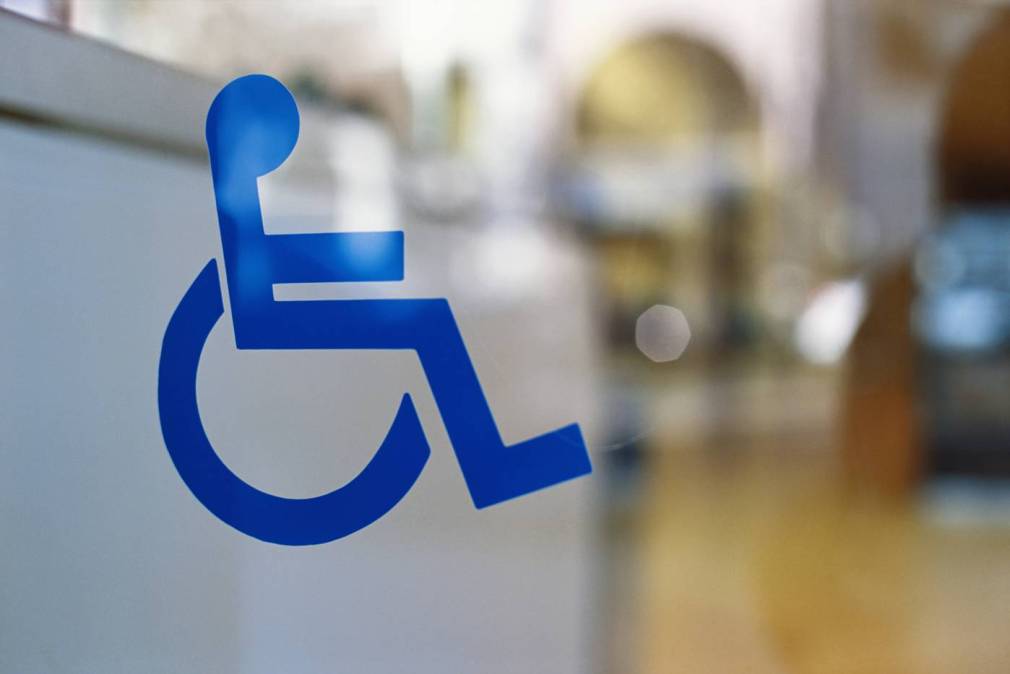Generative AI can aid accessibility, but it’s not perfect, NASCIO paper warns

The National Association of State Chief Information Officers on Tuesday published a paper recommending that state government leaders take care when using generative artificial intelligence to aid people with disabilities.
The association’s paper — How States Can Improve Generative AI’s Role in Disability Empowerment — notes that generative AI can be helpful to states in solving challenges of digital accessibility, particularly as they strive to meet an April mandate by the U.S. Department of Justice that all states meet new accessibility rules for their web and digital content. But the publication also notes that common shortcomings in generative AI tools, such as bias and errors in output, present hurdles.
The paper provides four recommendations to state leaders, including engaging “all stakeholders” when procuring new generative AI tools, including those with disabilities; cultivating datasets that account for people with disabilities; embracing a philosophy of transparency, including asking vendors about their development pipelines, and reporting bugs in generative AI tools; and confronting the limits of generative AI, such as its limited ability to produce polished output.
With generative AI’s shortcomings in mind, NASCIO suggests using it as a “first-draft” tool only.
According to the U.S. Bureau of Labor Statistics, 13% of the U.S. population has at least one disability, and the share of people in the U.S. workforce with disabilities is rising — up to 22.5% in 2023 from 21.3% the previous year.
While advising caution while using generative AI, NASCIO also pointed to several encouraging ways the technology might be used to support people with disabilities, including methods studied last year at the University of Washington. In one study, generative AI helped a person with autism write messages to communicate with others, but recipients noted that the messages sounded robotic.
In another instance, researchers tested the capacity of generative AI to improve the accessibility of data visualizations used for academic papers and presentations. They noted that while the visualizations were made more accessible, actually integrating them into content creation presented an additional challenge.
“Early research suggests that human intelligence mimicking AI can address the current pitfalls of GenAI accessibility,” the paper reads. “Nevertheless, the same considerations discussed here will remain crucial in revolutionizing disability aid as this technology develops faster than rules and regulations.”






